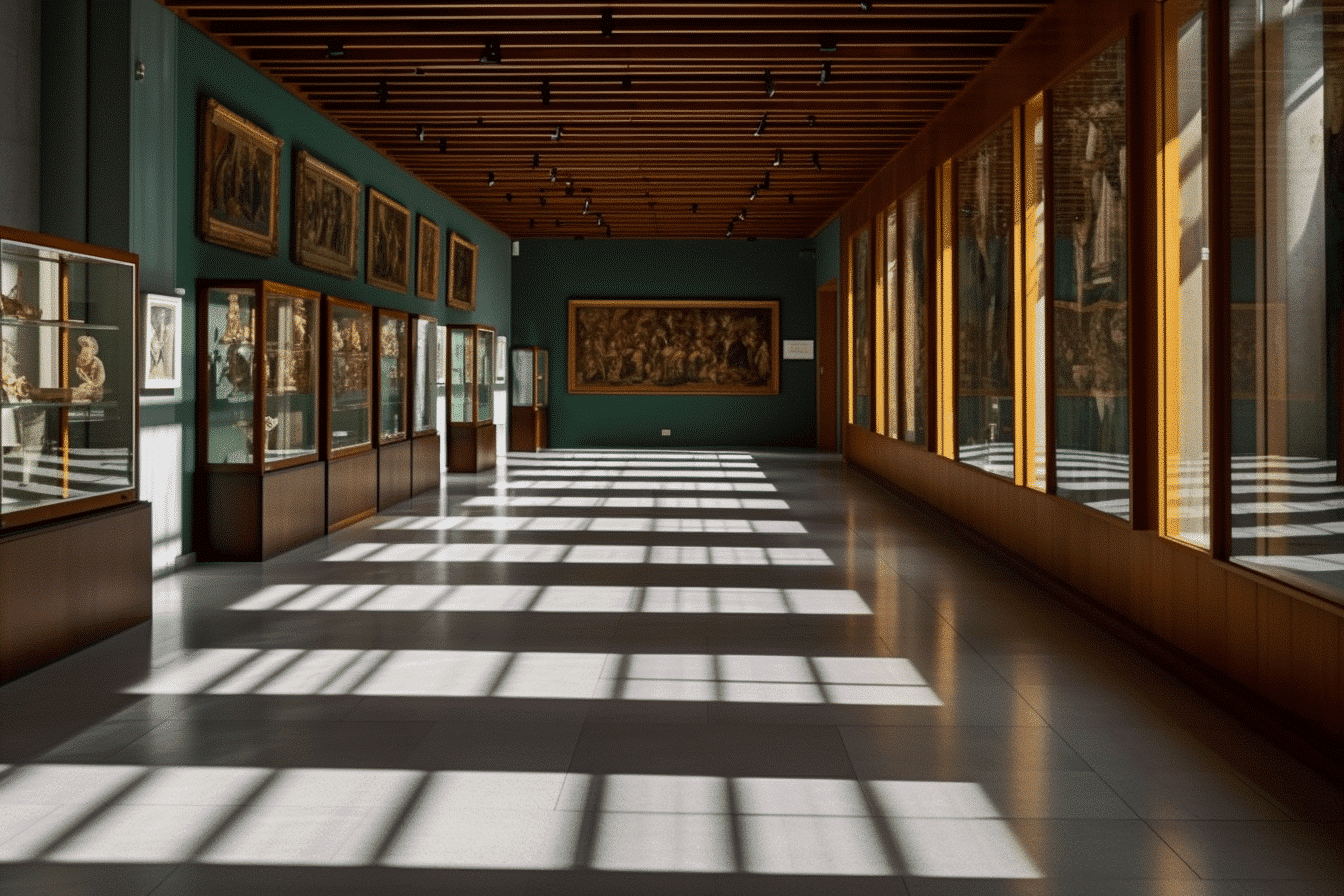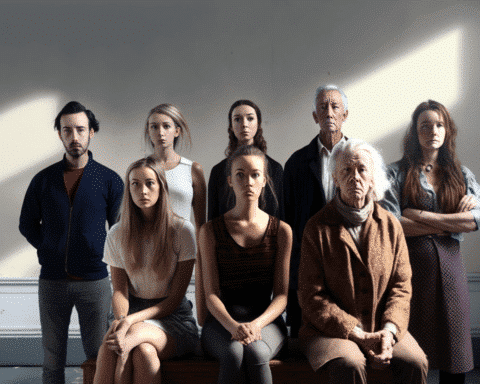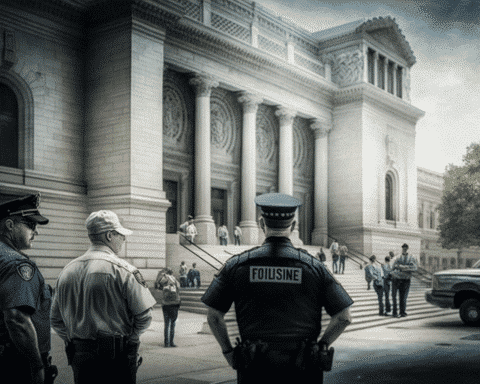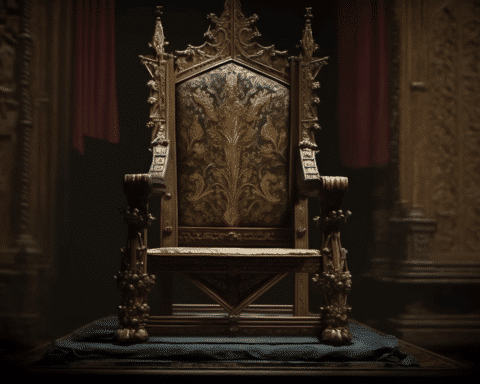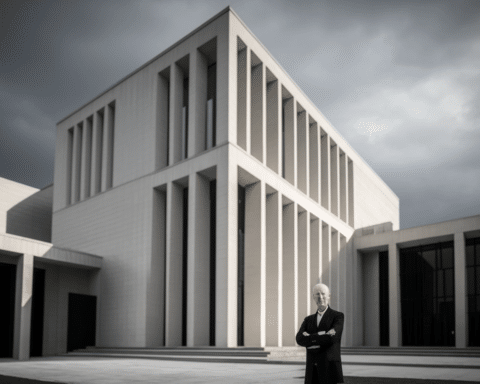A quarter-century after the debut of the Guggenheim Museum Bilbao, which made waves with its stunning titanium-clad tower designed by Frank Gehry, Spain is all set to unveil another architectural marvel, the Royal Collections Museum in Madrid. Just like its northern cousin, this new eight-story establishment, located adjacent to the Royal Palace on an iconic hillside, might overshadow the Old Masterpieces it houses. The award-winning design of this structure by Spanish architects Emilio Tuñon and Luis Mansilla, incorporating white concrete, granite, oak, and hundreds of windows, earned them the 2017 American Architecture Prize and numerous other accolades.
With a price tag of €172 million ($186.8 million), the museum opens its doors on June 29, showcasing a collection of 650 artworks from five centuries, including creations by Velazquez, Caravaggio, Goya, and a first edition of Cervantes’ “Don Quixote.” This selection represents a small fraction of the 170,000 pieces from the collection of Patrimonio Nacional (National Heritage), typically scattered across 19 palaces in Spain and other royal locations, according to the organization’s president, Ana De la Cueva.
Patrimonio Nacional, a government entity, manages the art collections once owned by the crown, which now belong to the Spanish state, along with palaces, monasteries, and convents.
A Treasure Trove of Unseen Art
Several artworks set to be displayed in the new museum have never been publicly exhibited before.
Among these is “Saint Michael the Archangel Defeating the Devil,” a wooden sculpture in 1692 by Luisa Roldan, Spain’s first woman to serve as a court sculptor. Only three of the 650 pieces on display bear the signature of a woman artist, as it was not customary for women to sign their works in the 16th and 17th centuries, according to Leticia Ruiz, director of the Royal Collections. Many women artists likely remained anonymous due to the dominant patriarchal norms of the time.
Also featured for the first time is Diego Velazquez’s “White Horse” (1634-1638), previously concealed in the neighbouring Royal Palace, and Caravaggio’s “Salome with the Head of Saint John the Baptist” (1607), one of only four Caravaggios in Spain.
Impressive New Establishment
Ana De la Cueva describes the museum as a “modern structure with minimalist design and remarkable size.” The juxtaposition of classic art and Baroque against the sleek architecture of the building creates a powerful contrast.
The museum concept dates back to Spain’s Second Republic in the 1930s, but progress only began in 1998. Archaeological studies revealed early defensive towers by the Moors and remnants of the ninth-century city wall, which were found and restored when construction started in 2006. These historical elements of Madrid are integral to the museum’s exhibition.
The museum’s layout includes long, high-ceilinged galleries spread over three floors, organized chronologically. It highlights the era of the Spanish empire with its vast resources for commissioning renowned artists. Exhibits begin with the Hapsburg monarchs’ royal collections, followed by those of the Bourbon dynasty on the level below, and temporary exhibitions on the final floor.
The temporary exhibitions include carriages from the Royal Collections and various tapestries, a common accompaniment to the monarchs’ travels between palaces.
A unique tapestry, the early-16th century “Triumph of Time,” was recently re-acquired by the Spanish government from a private collection after initially being sold by Queen Isabel the Catholic.
A third of the museum’s 650 exhibits will be cycled out each year and replaced with new pieces from Patrimonio’s collection.
Overlooking an extensive green landscape to the west of the capital, reminiscent of the view from the neighbouring Royal Palace, the new museum promises to offer visitors an experience with a royal flair.
The Royal Collections Museum is a testament to Spain’s rich history and dedication to preserving and showcasing its cultural heritage. This eight-story marvel, promising a royal experience with a blend of history, art, and architecture, is ready to welcome art lovers and history enthusiasts worldwide. As the curtains finally lift after a 25-year wait and €172 million invested, the museum is a shining beacon in Madrid’s cultural landscape and a fresh addition to Spain’s impressive list of attractions.
